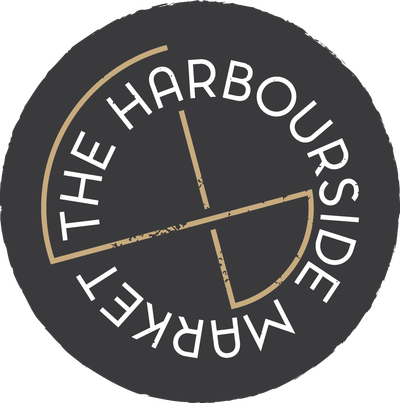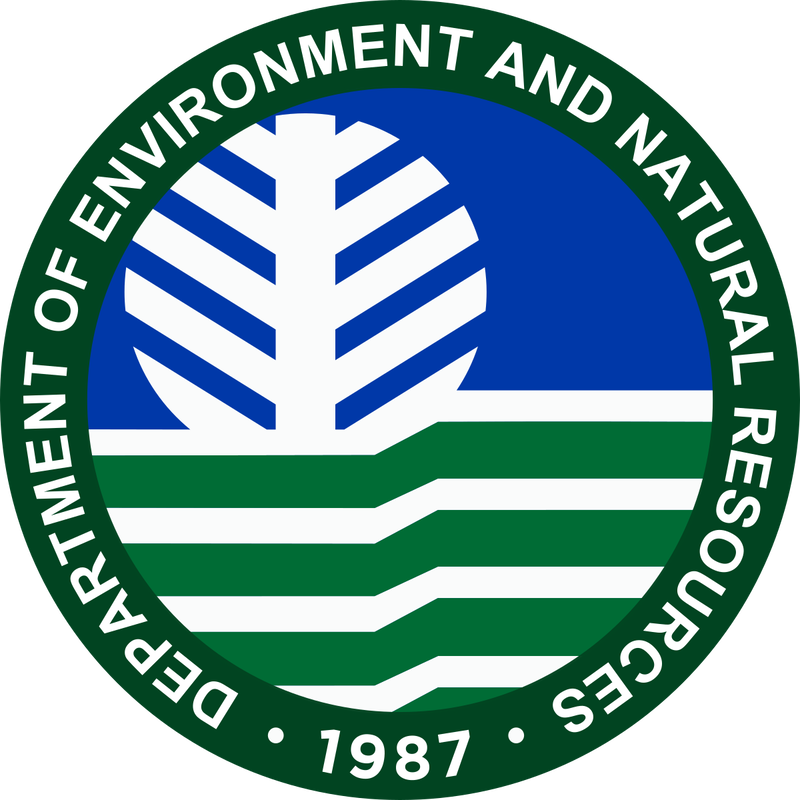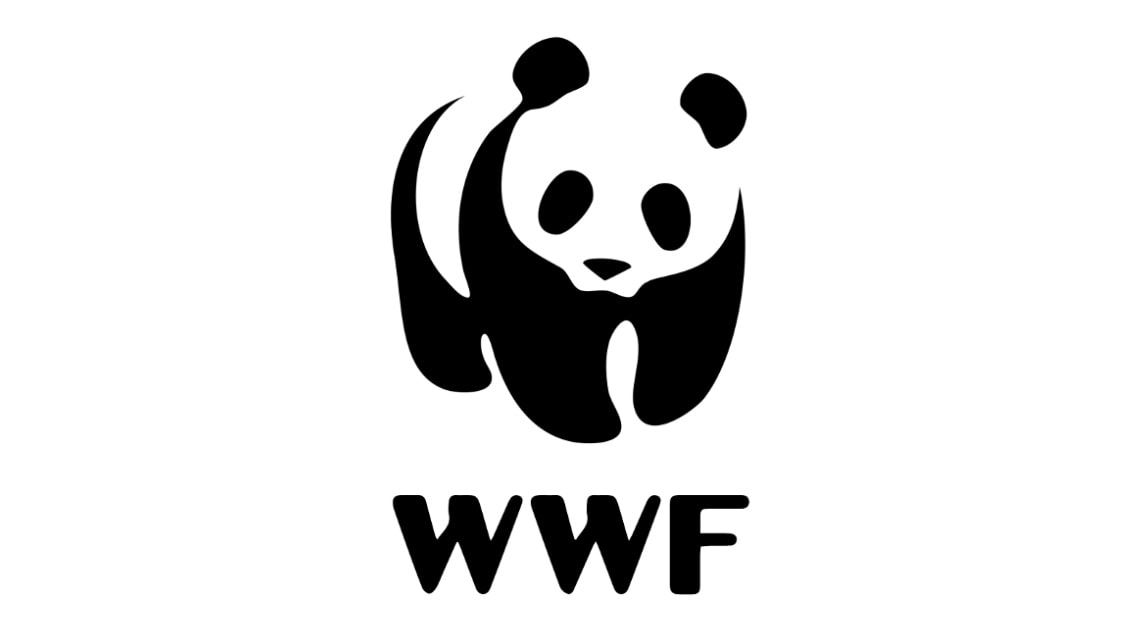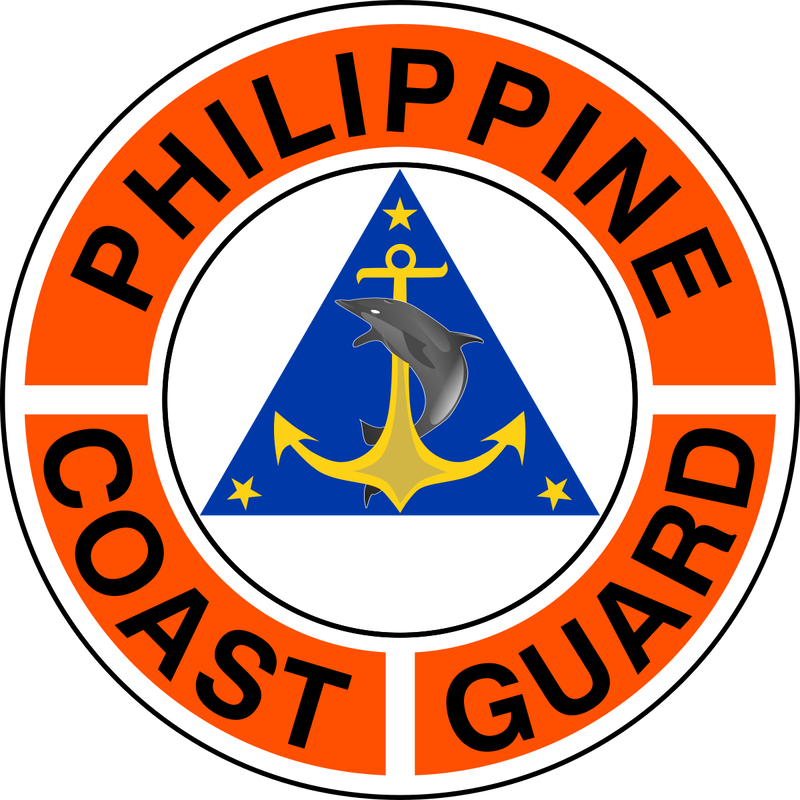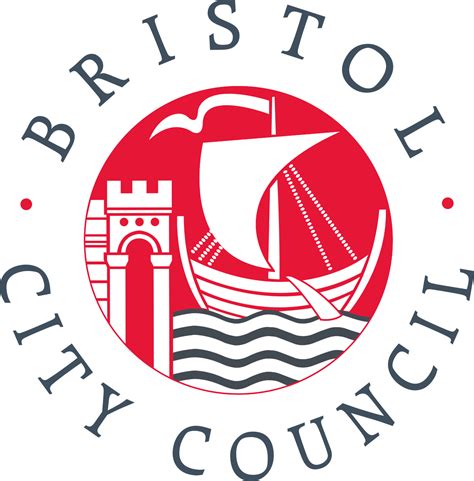Atelier Aquatic Drawing inspiration from life in the Ocean, to life on Earth
Why Reef Assessments are important in Port Barton MPA?
Port Barton is a popular and growing area for Marine tourism. After the Closure of Boracay Philippinesand the semi-closure of ElNido for environmental improvement enforcement..
Port Barton has become the tourist choice. It’s close proximity to El Nido, new airport opening in near by San Vicente and the road into Port Barton is now nearly complete, so tourism will increase dramatically over the next few years. Reef assessments of this precious eco system, for environmental protection and sustainable marine tourism revenue, are essential to carry out at this pivotal time.
Following from Baseline Report on Coastal Resources for San Vicente, Municipality, Palawan Council for Sustainable Development, Puerto Princesa City, Palawan, 2006.
Being one of the models for coastal resource management project (CRMP), extensive studies have been conducted for San Vicente describing its socio-political and natural resources (Arquiza 1999).
San Vicente is not spared from the degradation of coral reef environments that is widespread in the Philippines.
Survey results resulted in less than 1% of the reefs areas have coral cover of over 50%.
'The prospect of wildlife ecotourism is a potential alternative for the protection of marine mammals and sea turtles in the municipality based on common occurrences of marine turtles, regular sightings of dolphins, and frequent sightings of whales during the month of May. It is emphasized however that the goal is to ensure that socioeconomic, scientific and educational benefits of wildlife tourism are sustainable and conducted without disrupting the life processes of the animals. The local communities should be made part of any ecotourism development plan for no conservation project can survive on its own unless the people of the area get involved and derive benefits from it.
People participation in the protection of dugongs, sea turtles, and cetaceans needs to be re-established in the municipality. Intensive information education campaigns on marine wildlife should be conducted to include methods to minimize incidental catches and peoples’ roles to ensure the survival of these animals'.
Reef Check Survey Method
Reef Check was designed to assess the health of coral reefs and is quite different from other monitoring protocols. Since its inception, Reef Check has focused on the abundance of particular coral reef organisms that best reflect the condition of the ecosystem and that are easily recognizable to the general public.
Selection of these “indicator” organisms was based on their economic and ecological value, their sensitivity to human impacts and ease of identification. Sixteen global and eight regional indicator organisms serve as specific measures of human impacts on coral reefs.
These indicators include a broad spectrum of fish, invertebrates and plants that indicate human activities such as fishing, collection or pollution. Some Reef Check categories are individual species while others are families.
For example, the humphead wrasse (Cheilinus undulatus) is the most sought after fish in the live food fish trade, whereas the banded coral shrimp (Stenopus hispidus) is collected for the aquarium trade. Both species are very distinctive organisms and excellent indicators of human predation. On reefs where these organisms are heavily exploited, their numbers are expected to be low compared to their abundance on unexploited reefs.
Reef Check surveys collect four types of data:
1) A description of each reef site based on over 30 measures of environmental and socio-economic conditions and ratings of human impacts;
2) A measure of the percentage of the seabed covered by different substrate types, including live and dead coral, along four 20 m sections of a 100 m shallow reef transect;
3) Invertebrate counts over four, 20 m x 5 m belts along the transect; and
4) Fish counts, up to 5 m above the same belt.
Monitoring of the indicators is done along two depth contours. 2-6 and 6-12m along a 100m transect line. Four types of data are recorded and are later transferred to standard Reef Check Data Forms;-
1) Site Description. Anecdotal, observational, historical, location and other socioeconomic data should be recorded on the Site Description Form. These data are extremely important when we interpret global correlations.
2) Fish belt transect. Four 5 m wide (centered on the transect line) by 20 m long segments are sampled for fish species typically targeted by fishermen, aquarium collectors and others. Fish seen up to 5 m above the line are included. This is the first survey to be performed.
3) Invertebrate belt transect. The same four 5 m wide by 20 m long segments as used for the fish belt transect are sampled for invertebrate species typically targeted as food species or collected as curios. Reef impacts are also counted along this line.
4) Substrate line transect. The same transect line as the fish and invertebrate belt transects is used, but this time, points are sampled.
Importance of the Indicator species monitored on the Reef Check Survey
Many of the Indicator Species we can monitor on Reef Check Survey are on the IUCN Red List, therefore data obtained from these surveys will benefit their local and global protection.
Below is the IUCN Red List status of Indicator Species we would monitor on the Reef Check Survey.
Fish
Grouper -
Epinephelus drummondhayi - Critically Endangered
Epinephelus bruneus- Vulnerable
Bumphead Parrotfish-Bolbometopon muricatum- Vulnerable
Barramundi Cod- Cromileptes altivelis - Vulnerable
Humphead Wrasse- Cheilinus undulatus- Endangered
Invertebrates
Lobster-Palinurus elephas- Vulnerable
Sea cucumber-Orange spotted, sostichopus fuscus- Endangered
Giant Clam-Tridacna gigas- Vulnerable
Trumpet Triton -Charonia tritons- Endangered
Crown of thorns Seastar- Acanthaster planci- Destroyers of Coral reef if populations not kept under control by a healthy ecosystem. Too many crown of thorns is an indicator of a lack of Hump head wrasse and Triton snail, 2 of their main predators.
Substrate categories;
The following categories are particularly indicative of conservation concern, both nationally and globally in term of coral reef health.
Hard coral
Soft Coral
Recently killed coral
Nutrient indicator algae
Coral reefs are one of the most ecologically, economically and/or culturally important species on the planet. Total diversity of life found in, on, and around all coral reefs at up to 2 million species. Coral reefs are home to 25% of all marine life, and form the nurseries for about a quarter of the ocean's fish.
Importance of Coral Reef Ecosystems
Coral reef ecosystems support a variety of human needs. They are important for subsistence, fisheries, tourism, shoreline protection, and yield compounds that are important in the development of new medicines.
At least 500 million people rely on coral reefs for food, coastal protection, and livelihoods (Wilkinson, C. 2004).
Over 275 million people worldwide live in the direct vicinity of coral reefs (within 30 km of reefs and less than 10 km from the coast), and approximately 850 million people live within 100 km of coral reefs (Burke, L., K. Reytar, M. Spalding, and A. Perry. 2011) In developing countries, coral reefs contribute about one-quarter of the total fish catch, providing food to an estimated one billion people in Asia alone (Moore, F. and B. Best. 2001).
Coral reefs form natural barriers that protect nearby shorelines from the eroding forces of the sea, thereby protecting coastal dwellings, agricultural land and beaches. More than 150,000 km of shoreline in 100 countries and territories receive some protection from reefs (Burke, L., K. Reytar, M. Spalding, and A. Perry. 2011)
Coral reefs are the medicine chests of the 21st century, with more than half of all new cancer drug research focusing on marine organisms (Fenical, W. 1996).
Coral reefs have been used in the treatment of cancer, HIV, cardiovascular diseases, ulcers, and other ailments.
Reef Check is the method used by WWF Philippines in Palawan and they personally recommended using this methodology as it is widely used within the Philippines. The data is both locally and globally recognized and easily understood by a range a stakeholders.








